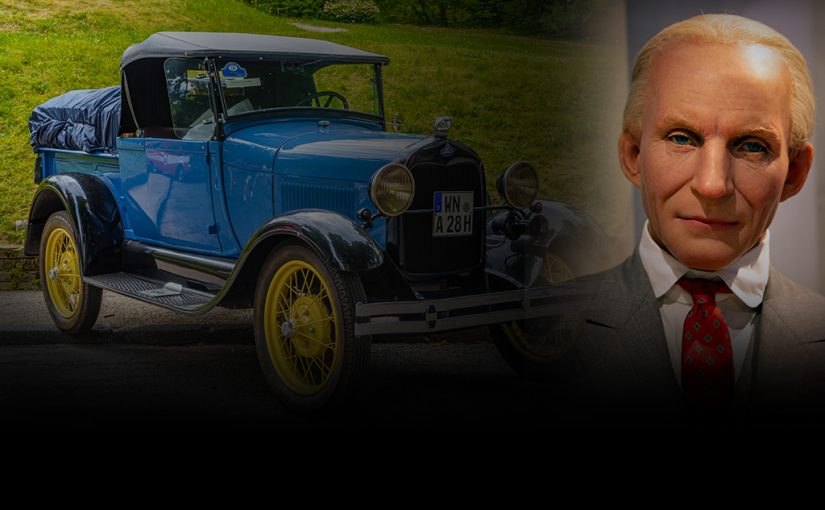During his lifetime, Henry Ford became one of the world’s most successful and influential businessmen and one of its wealthiest men. Some of his business innovations and practices changed the business world in ways that continue today, and the automobile company he founded remains, more than 80 years after his passing, as one of the “Big Three” American automobile manufacturers.
Like many other famous entrepreneurs, Ford did not have a quick, simple path to his astounding success. In fact, he endured several setbacks and failings en route to becoming the industrial titan he was and remains.
Background
Born in 1863 to a farming family in Michigan, Ford had before reaching his teens developed an avid interest in repairing and building machines. At 13, Ford’s father gave him a pocket watch, which Ford disassembled and then reassembled. Soon, Ford was repairing watches for neighbors and friends.
By 16, Ford’s interest had turned to engines, and in the ensuing years he learned to operate and service steam engines. At the same time, he developed interest in building his own engine-powered vehicles.
Starting in 1890, Ford worked as an engineer for the Detroit Edison Company, rising to Chief Engineer in 1893. During this time, and afterward, he worked at home on his own projects, with one goal being the invention of a horseless carriage. He made a gasoline-powered buggy in 1892, and in 1896 he finished a model car called the Ford Quadricycle.
Early Ventures
By 1899, spurred by his continuing successes with model cars and the money from investors, Ford left the Detroit Edison Company to go into business on his own, and some years of setbacks followed until Ford established the formidable company that bears his name today.
The first of these setbacks involved the Detroit Automobile Company, which Ford founded in 1899. What Ford wanted was a high-quality product for a low price, and instead he got the opposite. The company closed in 1901.
Next was the Henry Ford Company, founded in 1901 by stockholders from the Detroit Automobile Company. Ford was the chief engineer, but he left the company in 1902 because of unhappiness with some personnel decisions by management. After he left, the company became the Cadillac Automobile Company.
The Model T, Success, and History
Things began to turn around in 1902 when Ford and Alexander Malcomson, a Detroit coal dealer, formed Ford and Malcomson, Ltd. in order to build and sell automobiles. Initially, the company struggled and nearly failed, but an infusion from new investors in 1903 helped save it, the company became the Ford Motor Company, and two events in particular would set the company on its way to success.
The first of those was a race car called the “999” that Ford helped design and build; this car set a new land speed record of 91.3 miles per hour. A race driver named Barney Oldfield went around the country to show off the car, creating national recognition of the Ford brand.
Second was something that made and changed history: the introduction of the Model T on October 1, 1908. Until then, automobiles were relatively scarce and expensive, something few other than the wealthy could afford. The Model T changed all that because it was durable, easy to operate, cheap by comparison (and it would actually become cheaper each year it was in production), and easy and inexpensive to repair.
The success of the Model T led to other changes that would dramatically affect not only the automobile industry but American life as well. In 1913, Ford applied the concept of the assembly line to production of the Model T, which made its manufacture much faster and less expensive. Ford also more than doubled the wages he paid his assembly-line workers, which not only improved retention and morale but encouraged the best workers to seek employment by Ford. In addition, Ford went to a 5-day, 40-hour workweek, a big change from the 6-day, 48-hour workweek that had been the standard, out of the belief that as long as employees were more productive, they deserved more leisure time.
The rest, of course, is history. By 1918, half of the cars on American roads were a Model T, and Ford was by far the best-selling automobile in the country. America’s legendary car culture largely derives from that assembly line and the Model T, and Ford lives on today with top-selling models such as the Explorer and iconic performance cars such as the Mustang, and the blue oval is one of the most recognizable of corporate logos.

